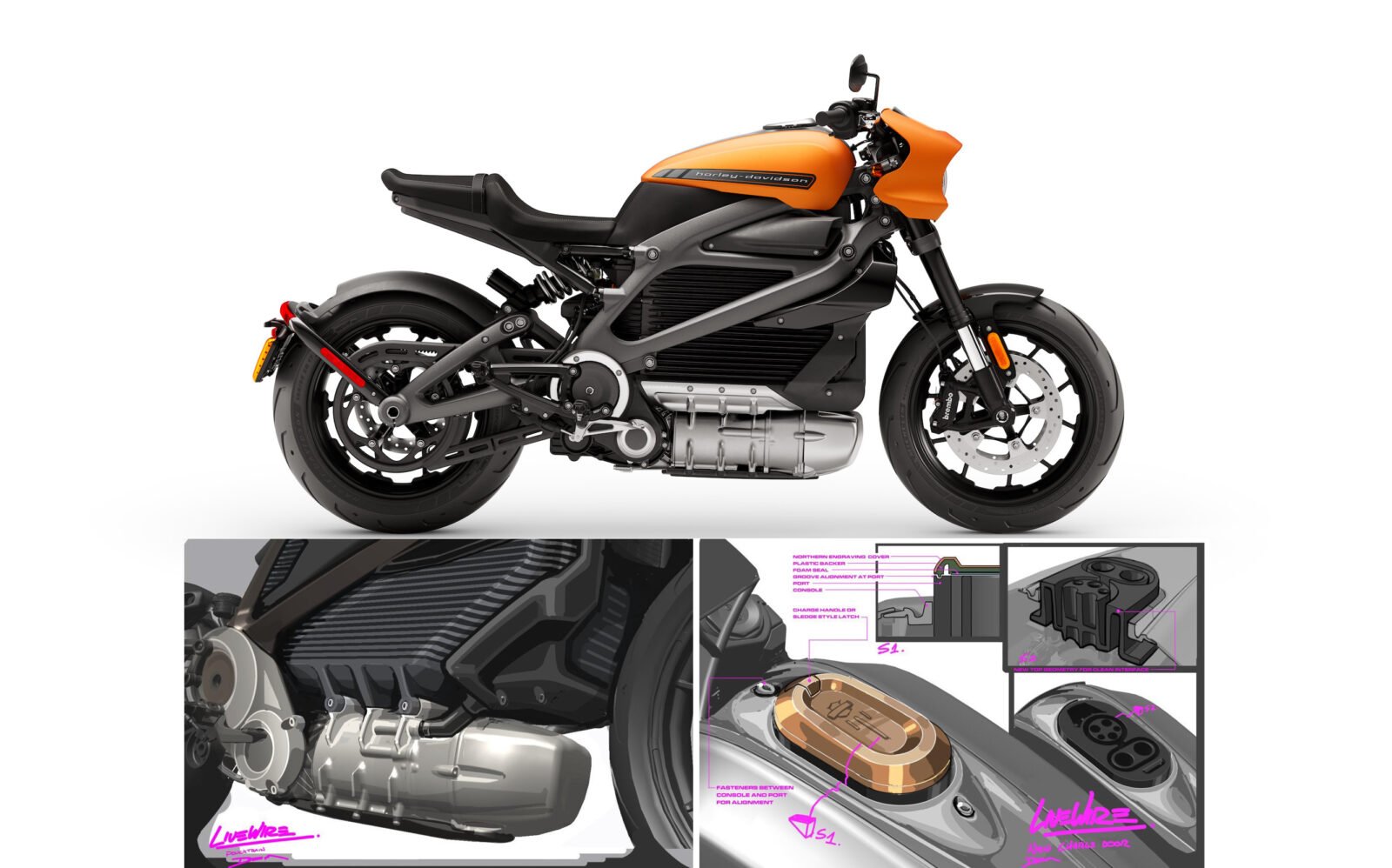This conversation was conducted by Silodrome contributor Tim Huber with key Harley-Davidson design and engineering personnel Brad Richards (Vice President of Styling and Design) Ben McGinley (EV Design Manager), and Glen Koval (Chief Engineer for LiveWire).
Harley-Davidson has developed a distinct and iconic brand and identity over its 115 years of operating. The bikes have a look, sound, and performance characteristics that have all become hallmarks of the Milwaukee-based firm. But after more than a century of defining itself, Harley is introducing its first-ever fully-electric motorcycle.
Dubbed, “Livewire”, the model is sporty, near-silent, built for urban and short distance riding, and replaces the marque’s rumbling V-Twin for a battery and an electric motor. However, despite Livewire appearing to be a rather un-Harley Harley, the e-bike actually boasts a surprising amount of the brand’s DNA and will represent the design characteristics for the brand’s planned future electric offerings.
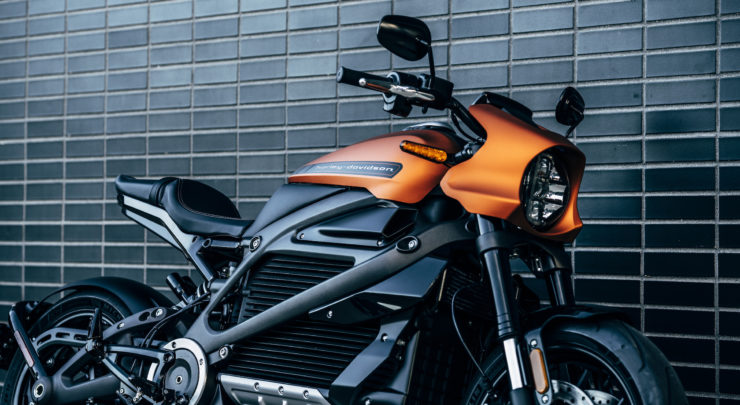
To help explain some of the design and development choices behind Livewire, how it connects to existing H-DNA, and chat about Harley’s forthcoming EV offerings, I talked to Brad Richards, Vice President of Styling and Design; Ben McGinley, EV Design Manager; and Glen Koval, Chief Engineer for LiveWire.
To get a better sense of what classic Harley attributes Livewire possesses, it helps to have a clear understanding of what makes a Harley a Harley. “Our products really create an experience for our customers, that’s what we’re really after, making sure the way the products interact with the customers provide a very characterful experience,” explained Brad Richards.
“It’s really about authenticity with materials. Execution of componentry, an overall quality and premium feel, and great proportions. It comes from a sort of a philosophical approach that Willie G Davidson created, where he said ‘form follows function, but both report to emotion’. Another one of our biggest styling cues starts with how we accentuate the motor. We are ‘The Motor Company’, so we celebrate the engine and don’t like to cover it up, we call it ‘the crown jewel of the motorcycle’.”

In fact, everyone I spoke with made mention of this last point. While Livewire was penned with a variety of nondescript nods to existing H-D machines, it quickly became increasingly clear that placing the powertrain on full display was a key visual attribute that very much set the stage for many of the other aesthetic decisions made during Livewire’s development.
“That’s exactly what lead us to a lot of the architectural decisions,” Brad continues. “From where we placed the motor to how we finish the motor, where it’s silver and the rest of the bike is black, or other muted colors to draw your eyes to the motor. We really wanted to have a longitudinal motor also, because it meant that the engine would be very dominant in the design, and the motor hanging below the battery would be very apparent, as well.”
Despite Harley’s traditional internal combustion “crown jewel” being replaced by a 15.5 kWh battery, Livewire’s powertrain itself actually takes several styling cues from the brand’s V-Twins. “We have a beautifully cast and sculpted aluminum battery case with gorgeous heat sinks that are a nod to our air-cooled history, the way the cylinder fins have been executed since the beginning of the company. It helps bring that massive battery to a lineage within H-D that’s known and recognizable,” stated Glen.
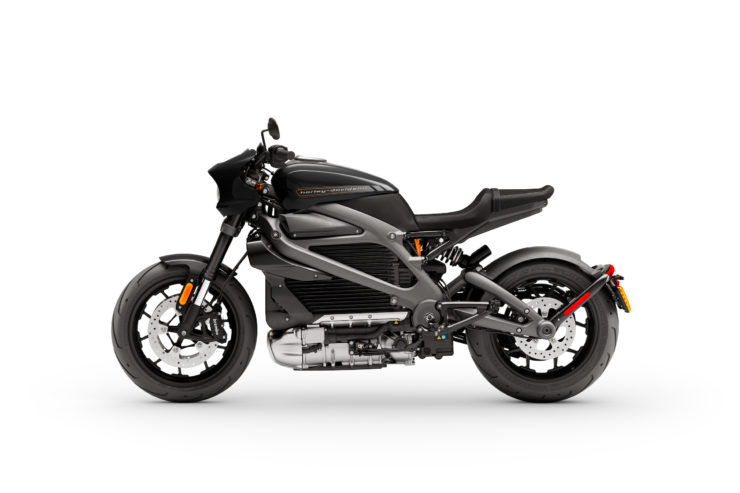
But it doesn’t end there. Livewire’s framework is also a subtle homage to the Harleys that came before it. “There are lots of little details that kind of subliminally connect Livewire back to the H-D brand,” says Ben McGinley. “One of the most striking features on the bike, in addition to the powertrain, is the chassis — which is our first cast aluminum frame and swing-arm on a street bike — and we really wanted to showcase that. The way the backbone runs all the way from the top triple clamp all the way back to the rear axle harkens back to a hardtail like a 1936 Knucklehead. In addition to the frame we also have the top cover that we use to enclose all the electronics, and that harkens back a little bit to tear-dropper peanut fuel-tank, without being too inauthentic.”
When the team set out to design Livewire, it faced more than just the challenge of delivering a less-than-traditional offering from the American make (to say the least), but they would also be laying the foundation for the visual theme of Harley’s emerging electric range.
“We wanted Livewire to be our halo EV vehicle going into this space and we think we’ve achieved that,” explains Brad Richards. “We’ve definitely created something that’s resonated with the people who have interacted with it in a very positive way. We knew going into the production version of Livewire that whatever we came up with would definitely plant a seed, this would be our initial DNA for future Harley-Davidson EV products.”
Last Summer the manufacturer showed off a handful of electric protobikes when it rolled out its “More Roads to Harley-Davidson” initiative — a sneak peek at the firm’s future plans to diversify its product range and customer base. Since then Harley has publicly displayed prototype versions of these machines, though it’s been tightlipped on which, if any, model is slated for production next. The company does have dedicated teams working on EVs, and last year set up Livewire Labs in Silicon Valley solely for the purpose of future electric R&D.
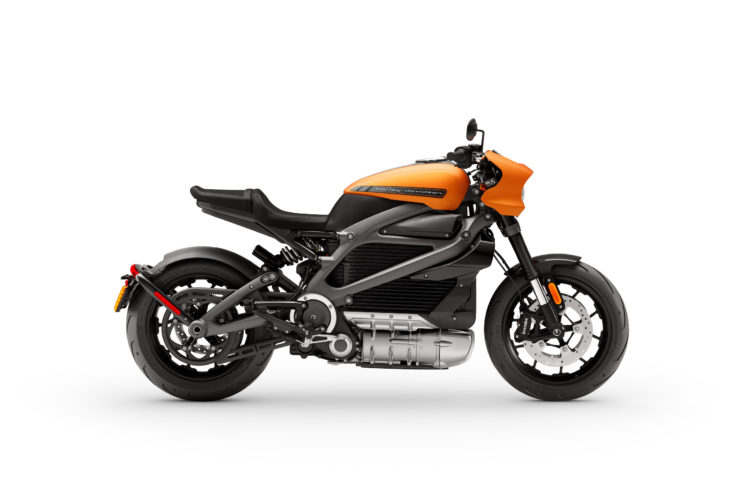
Livewire is just the first of many planned electrics from Harley. In recent weeks the Milwaukee firm released the IRONe, an electric kid’s balance bike, though it’s just a reskinned version of the existing STAYCYC bike, albeit with Harley branding. Last month the outfit also pulled the cover off a few electric pedal-assist bicycle concepts, though no specs, details, or plans for production have been released thus far. Harley’s Vice President of Styling and Design was, however, able to give us a few insights as to what electron and proton-powered offerings the company has coming down the pipe in the not-so-distant future.
“Livewire’s place in the portfolio is to show what’s possible in the EV space,” explained Brad. “So we haven’t said exactly what the form factors are going to be that are going to follow Livewire, but what we can say is there will be a broad portfolio and there will be different customers targeted and things ranging from vehicles that won’t require a motorcycle license to vehicles that do. Livewire is the halo and that pinnacle spot in the portfolio that’s going to broaden between now and 2022 by two to four new models.”
What has become abundantly clear is that the old way of doing business was no longer working for the iconic American brand. Harley can no longer afford to ignore key markets in the developing world like China and India — the latter of which is the largest motorcycle market on earth — and proactive steps are being taken to branch out into novel territories with smaller displacement and electric vehicles. As Harley ventures into new waters, however, it’s undeniably making a concerted effort to stay true to its roots and the identity that for decades has resonated with generations of riders. And if all goes according to plan, Livewire will be setting the stage for the next century of electrics for Harley-Davidson.
“I was telling the leadership team that if we do this correctly, this particular motorcycle will be our 1903 model to the V-Twin engine that we had,” stated Ben. “So we had to make sure there’s a lineage back to this motorcycle with all future EVs that we create. Regardless of what the shape and proportions are of some of those components, as long as we celebrate the mechanicalness of our products that way, and there is some kind of an aesthetic linkage between them, and making sure there is in future products, it creates a heritage. It’s really sort of the beginning of our heritage in this new chapter.”
Read more about the Harley-Davidson Livewire here.
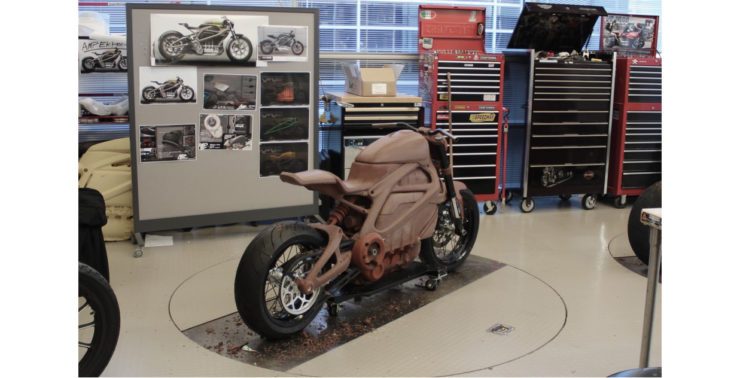
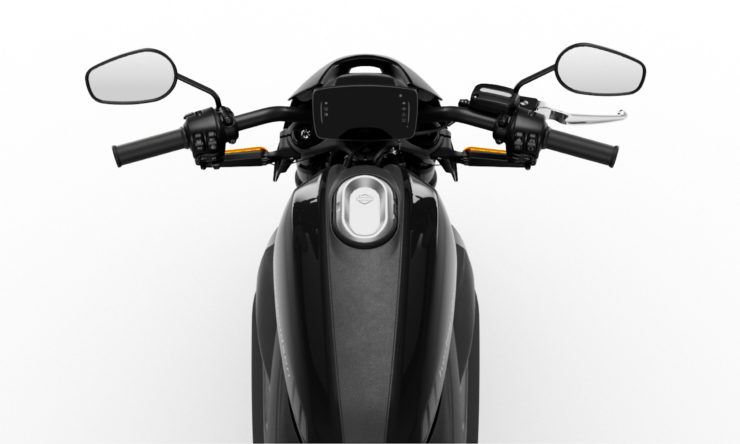
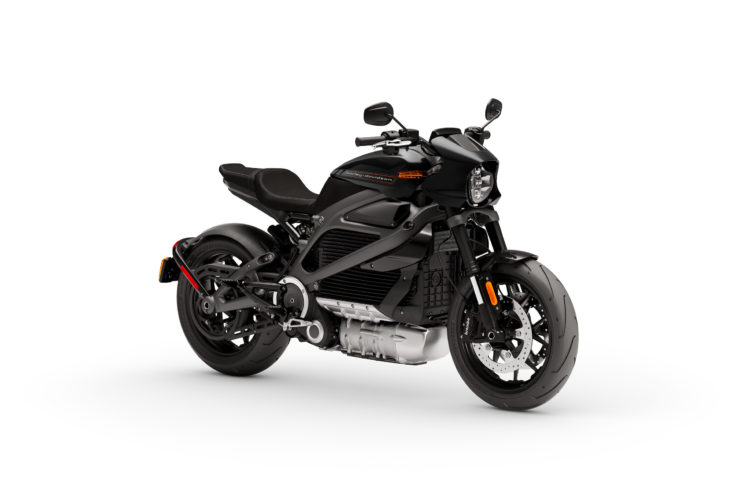
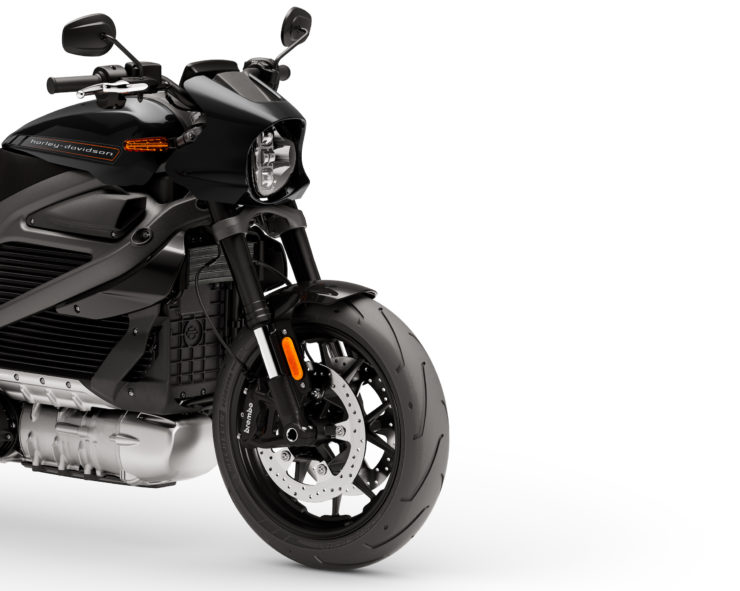
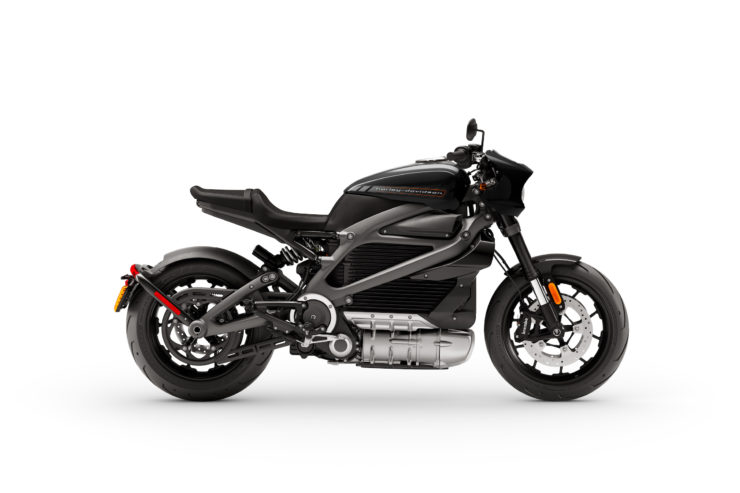
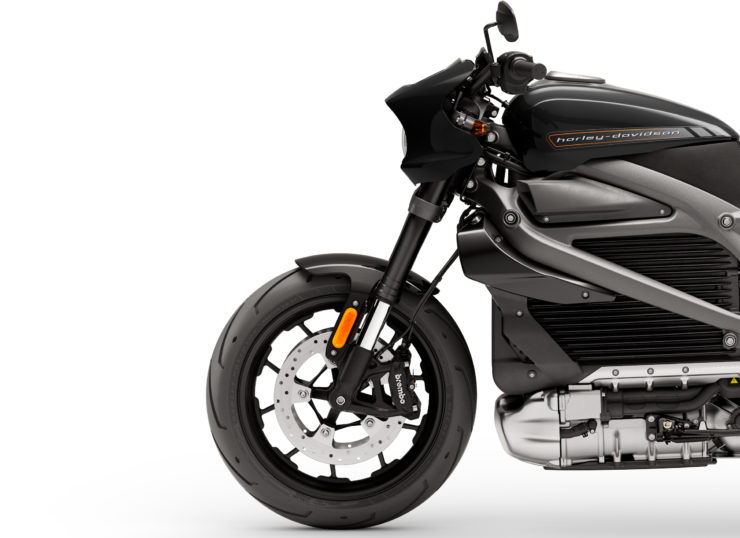
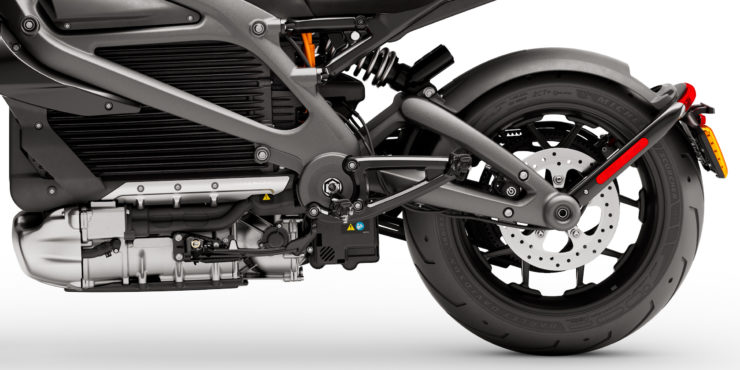

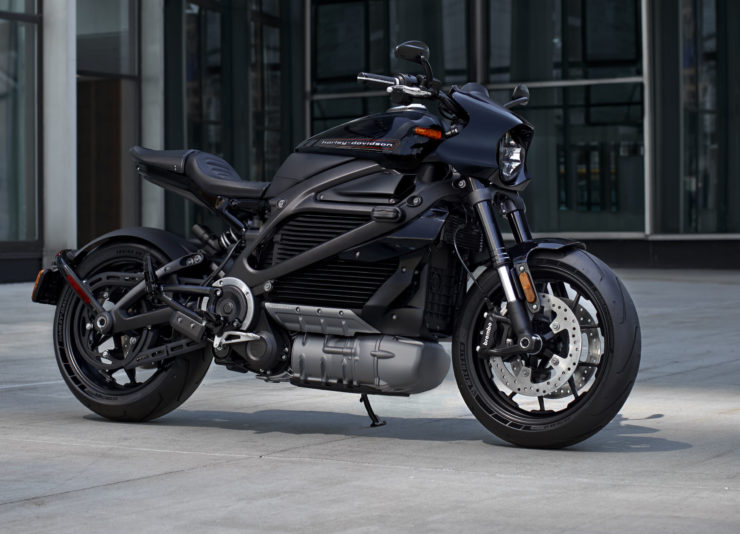
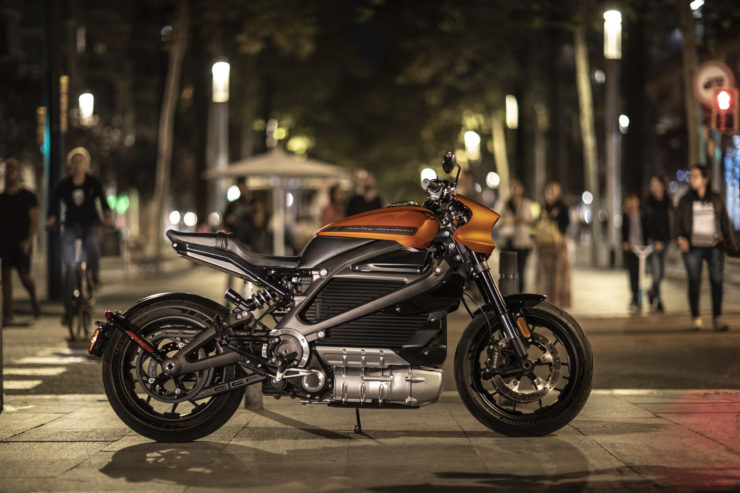
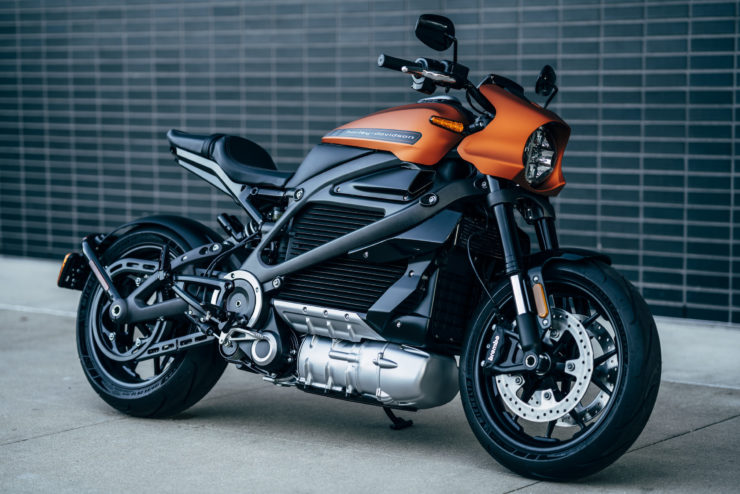
Images courtesy of Harley-Davidson

